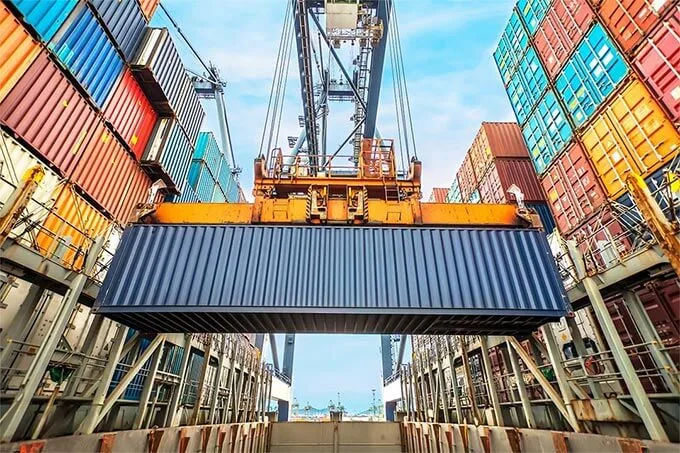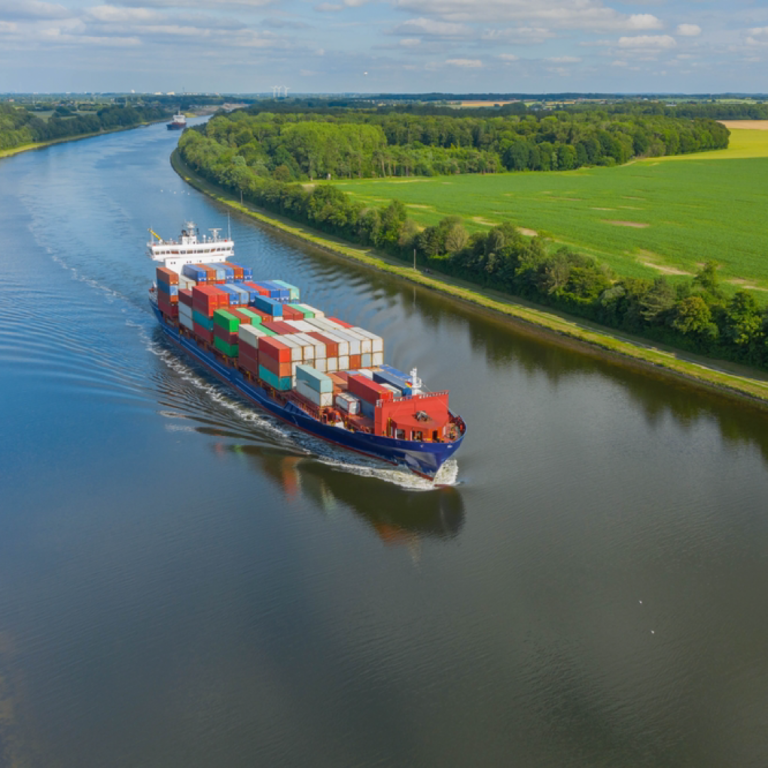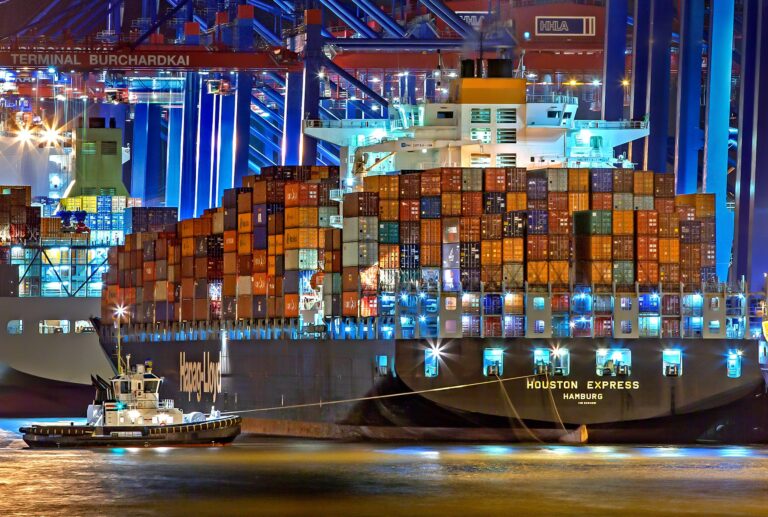
Ocean shipping has long been recognized as the best option for bridging businesses and customers across great distances. According to Statista, the ocean shipping industry is accountable for transporting around 80% of goods worldwide. The volume of cargo shipped doubled between 1990 and 2020, with the latest figure at nearly 10.7 billion tons.
As one of the main drivers of global trade, the shipping industry has seen significant growth in recent years despite the challenges brought by the COVID-19 pandemic. However, this isn’t to say that the industry hasn’t faced its fair share of challenges.
Challenges to Smooth Sailing: 7 Biggest Issues in the Global Shipping Industry
Various issues challenge freight forwarders, from environmental concerns to shifting political climates. The guide below will list the biggest problems the shipping industry faces.
1. Natural conditions of water
One of the most known risks of maritime shipping is the unpredictability of the high seas. Damages to vessels and goods may occur during bad weather, which can impose financial and credibility problems.
Setting the loss of containers aside, high humidity levels during ocean transport are also a caution for internal damage to goods. Items may face volatile forces as they sail through meters-high waves and harsh weather conditions if not packaged properly. Fortunately, you can mitigate these issues with the help of customs clearance services.
2. Environmental concerns
Decarbonization remains a top priority of the shipping industry. Given that rising carbon emission levels can pose severe environmental consequences, various groups continue to emphasize the need for sustainable shipping.
Current shipping problems concerning responsible oil transportation, eco-friendly fisheries, and preserving marine species are also highlighted by various entities.
In collaboration with Shell, Deloitte has outlined 12 solutions that stakeholders can utilize to achieve the industry goal of sustainable ocean transportation and reduce international shipping carbon emissions by at least 70% by 2050. Some of these solutions include global regulatory alignment, coordinated industry commitments, and cross-sector research and development.
3. Steep prices
Although miles away from land, maritime transportation isn’t immune to changes in tax regulations, fuel hikes, and rising data charges. Not to mention the high costs of requirements and forms enforced by customs to transfer load from one carrier to another.
Lockdowns imposed in different countries also drove the increase in shipping rates. Though prices are currently stabilizing, shipping costs are still above pre-pandemic rates.
4. Corruption and unethical practices
Shipping industry groups and global leaders have mandated regulations to manage the hundreds of ships traversing the oceans daily. However, some have resorted to fraudulent behaviors due to the complexities of acquiring the necessary accreditations and documentation.
Local, national, and international governments incessantly work with corporate leaders to address legal ambiguities in shipping policies and implement sound regulations.
5. Shifting political climates
Politics has an undeniable impact on the global trends of the shipping industry. Taxing policies, international laws, and domestic economic reforms may take place as a country reorients its strategies to support the ambitions of its current government leaders.
Trade policies and maritime routes may also face significant developments according to political priorities, ethics, and procedures.
6. Global economies
As mentioned above, maritime shipping isn’t entirely isolated from the affairs inland. Developments in the global market have significant implications for trade flows. Tensions between global economies may also create shifts in imposed taxes and maritime route agreements.
Efforts in infrastructure investments are also considered, as they may directly influence shipping and personnel operations. New ports, railways, and the like may affect travelling times and costs, changing the ways nations trade with each other.
7. Cybersecurity threats
Emerging technologies have significantly influenced improvements in shipping procedures and cargo tracking. However, industry experts raise concerns regarding cybercriminals who have demonstrated their hacking capabilities by attacking high-tech organizations.
Cyber threats may compromise the shipping vessels’ crew safety if not appropriately monitored. Data theft and other cyber risks on safety management systems in the shipping sector are challenges that people must address as societies grow more dependent on digital services.
Overcoming Challenges Together
The shipping industry has made bridges out of oceans that used to separate countries. While the current shipping issues persist, the maritime sector has constantly shown progress in catering to the needs of businesses and customers worldwide.
If you’re planning to pursue business opportunities outside of the country, Dash Cargo is your all-in-one solution. Our sea freight shipping services will ensure that your goods arrive at your destination safely and on time. Consult with us today to learn more!



